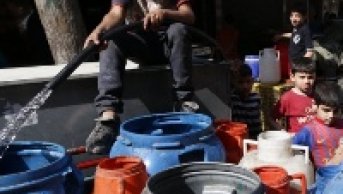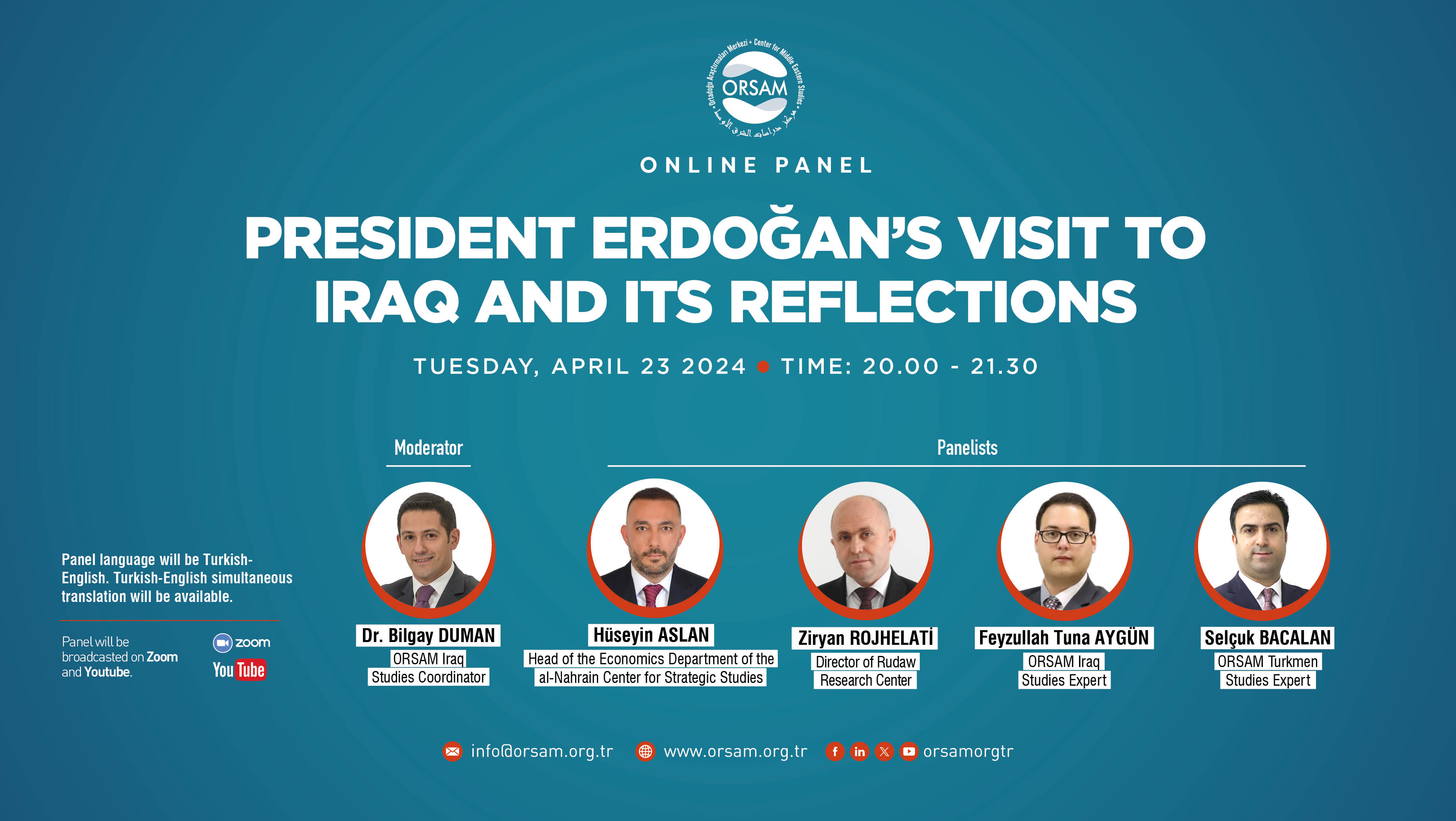Climate Change and its Impact on Water Resources

The Intergovernmental Panel on Climate Change (IPCC) released the “Fifth Assessment Report” on the physical basis of climate change last week.
According to the report, studies clearly show that a warming trend has prevailed in the climate system, especially since the 1950s. There has been warming in the oceans and the atmosphere and a decrease in the amount of snow and ice for some half a century, while sea levels and greenhouse gas concentrations have been on the rise.
Each of the last three decades has been successively warmer on the Earth's surface and warmer than any period since 1850.
It states that the globe has warmed by 0.9 degrees Celsius over the past century and the last three decades have been the warmest in 1,400 years. The scientists predict the average temperature between 2080 and 2100 will be 2.6-4.8 degrees Celsius higher than today unless emissions are checked.
In the oceans, the strongest surface warming is expected in tropical and subtropical regions and could increase by up to two degrees Celsius by 2100. This is expected to pose a grave threat to coral reefs, which sustain much of sea life.
The report notes that the global sea level has risen by 20 centimeters in the last century and that the rate of the rise will further increase in the coming years. The average sea level in the 2080-2100 period is expected to be 45-82 centimeters higher than current levels if nothing is done to curb emissions; if carbon emissions are curbed, the average sea level will be between 26-55 centimeters. The sea-level rise could inundate island states such as Micronesia, the Marshall Islands, Palau and Kiribati. In addition, rising sea levels cause saline intrusion in fresh water and the destruction of agricultural lands.
The report says that in the 2000s, the world's glaciers, which contain approximately 60 percent of the fresh water reserves across the globe, lost five times the volume they lost in the 1990s. Water from melting glaciers flows into seas and oceans, both pushing up the sea level and decreasing the amount of available fresh water in the world to a considerable extent.
The report also says that there has been quite rapid climate change and that it is highly likely that human activity has been the dominant cause of observed warming since 1950.
Decline in precipitation rates in the Middle East
While there has been a substantial decline in precipitation rates, especially across the Middle East, caused by climate change in past years, the evaporation rate is rising. Pressures such as the growing population, urban growth, water pollution and the unproductive use of resources, as well as the additional pressures caused by climate change, all increase water scarcity.
The contribution of human activity to the observed global water cycle since the 1960s is striking and the disparity between wet and dry regions is projected to increase.
Today, while 1.3 billion people live in water-scarce regions, global warming will expose an additional 668 million people worldwide to new or aggravated water scarcity in the coming years. Water scarcity will considerably affect food production, and water supply and demand will become a major problem in those regions.
Even if the average global temperature rise is limited to two degrees Celsius, 486 million people will experience absolute water scarcity. According to the IPCC report, two degrees Celsius is a moderate projection, and the number of people who will experience absolute water scarcity will increase.
The report also notes that water scarcity and the population affected by water scarcity will increase due to new climate conditions. The increasing demand for water, especially in regions located in arid and semi-arid climate zones, should be closely kept track of, and the management of water resources should be adapted to new climate conditions.








